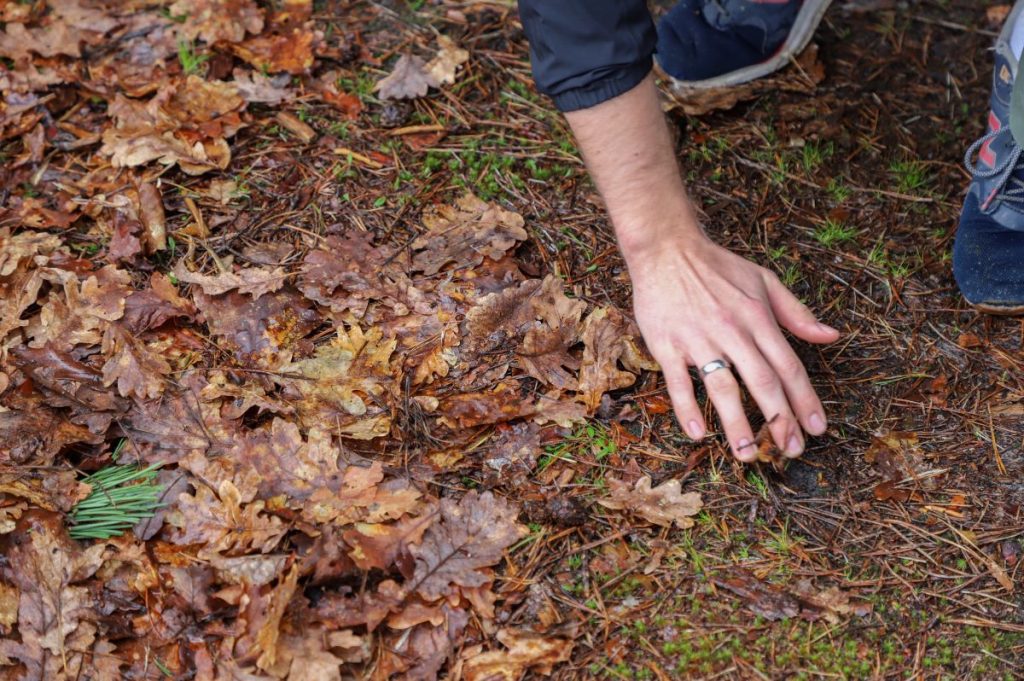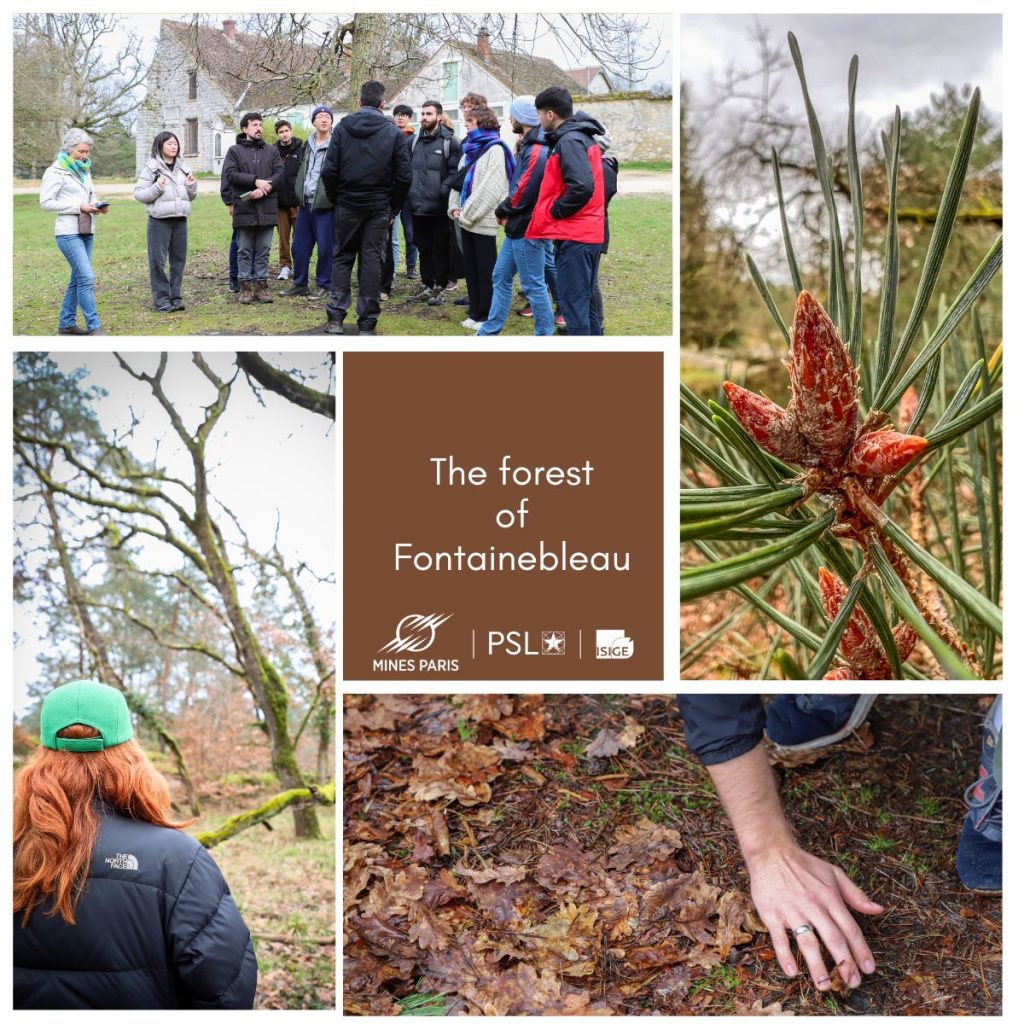Observing Nature to Manage It Better: Naturalistic Inventory and Biodiversity in the Forest of Fontainebleau

As part of their training in environmental and ecological transition, the students of the ENVIM Post-Master’s program participated in a field session dedicated to biodiversity and habitat management. This session took place in the emblematic Forest of Fontainebleau, a site recognized both as a UNESCO Biosphere Reserve and a Natura 2000 area.




